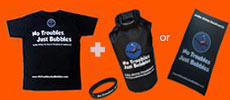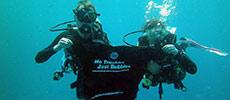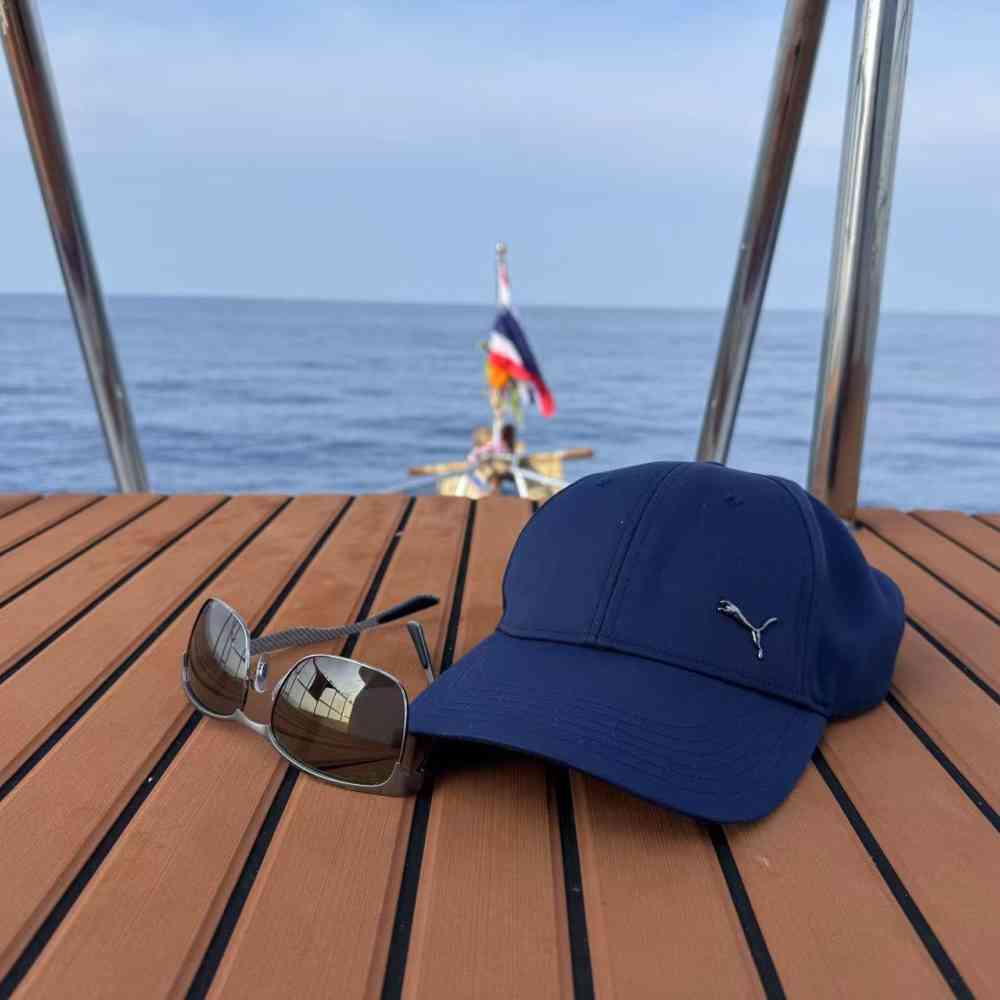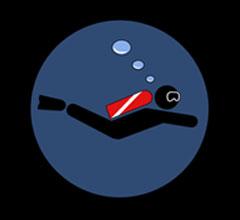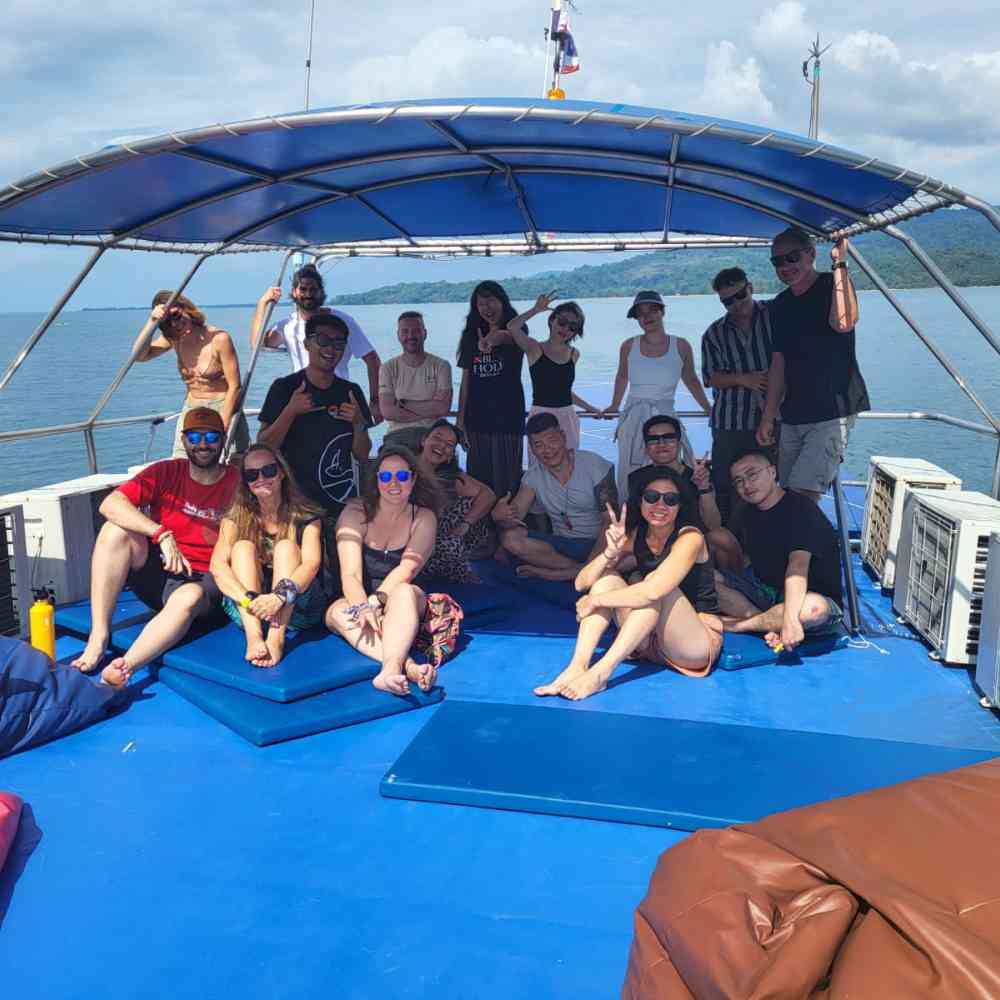Hin Daeng, Koh Haa & Koh Phi Phi - Thailand’s ‘Southern Islands’ & Best Dive Sites
Although most of our trips only visit the Similan Islands and the three special dive sites to the north, some also go to areas to the south and east of Phuket. Hin Daeng & Hin Muang are world-class dive sites, but only open from October to May. Koh Haa is also seasonal, but when open has great diving and snorkelling for all levels. Koh Phi Phi & Phuket are open all year round and also have really good diving and snorkelling at depths to suit everyone.
Liveaboard scuba diving in Thailand mainly focusses on the Similan & Surin National Marine Parks, which are home to the ‘regular’ 9 Similan Islands, Koh Bon, Koh Tachai & Richelieu Rock. However, there are other areas where liveaboard diving can be enjoyed, and normally at lower prices and for slightly shorter diving cruises. This ‘other’ area is still in the Andaman Sea on Thailand’s west coast, and is not in The Gulf of Thailand. It’s often referred to as ‘the southern Andaman’ or ‘southern islands’ but neither names are totally accurate. Several of our west-coast diving liveaboard boats spend the low season (May – October) around these southern islands, which consist of Hin Daeng, Koh Haa, Koh Phi Phi and Phuket. The diving is almost as good as at The Similans, and can sometimes be better. The whole area is more sheltered from the Indian monsoon wind and waves, and is therefore easier to dive all year round. Sea conditions and marine life can also be excellent, and for all levels of experience of diver.
Hin Daeng & Hin Muang
Hin Daeng & Hin Muang are not islands, but are just underwater pinnacles, sometimes referred to as undersea mounts. Hin Muang has the deepest and steepest diving wall in all of Thailand, and it gets its name from the thousands of purple soft corals it is covered by. The Thai word muang means purple, and daeng means red. There are no prizes for guessing the colour of most soft corals on Hin Daeng. These two dive sites are large, exposed in open sea, and surrounded by lots of very deep water. Therefore, marine life is attracted to them, either as a home or a place for large pelagic species to visit for cleaning or to feed. It is not really suitable for new or inexperienced divers, due to the potential currents and the ease of ending up a lot deeper than 18 metres. The visibility and marine life make these two dive sites extremely popular with experienced divers, and on some days of the year they are better than even Richelieu Rock. What also makes them good is that not as many boats visit them as at Richelieu, and there are two dive sites right next to each other, which gives more diversity.
Koh Haa
Koh Haa means ‘5 Islands’ in the local language, and this is one of Thailand’s hidden gems. This uninhabited mini archipelago is far enough out to sea to be inaccessible to hoards of daytrippers, and it’s only really visited by diving boats and those who are prepared to endure a long and uncomfortable journey on a longtail boat. It’s 20km. southwest from Koh Lanta, in Thailand’s Krabi Province. Koh Haa has some unique diving topography, and lots of resident and visiting marine life. Whale Sharks (Rhincodon typus) are seen on several occasions each diving season. However, this area is also perfect for non-divers who want to enjoy snorkelling in clear shallow water and relax on a pristine sandy tropical beach. Divers of all levels can enjoy Koh Haa, snorkellers won’t get bored, it’s perfect for introductory dives, and those who just want the beach can all spend a great day here.
Koh Phi Phi
Koh Phi Phi is still famous for its 1998 Hollywood movie ‘The Beach’ starring Leonardo Di Caprio. Maya Bay is beautiful, but a little too crowded due to its popularity. However, the diving around Phi Phi is still really good. There are dive sites suitable for all levels of diver, from absolute beginner to professional. There is lots of marine life and this is right up to the surface in most cases, so snorkellers can enjoy time in the water as much as divers can. Koh Bida Nai and Koh Bida Nok are Phi Phi’s best and most popular dive sites, and these are located 1.6km (1 mile) south of Maya Bay. Expect to see all kinds of reef fish here, including shy Blacktip Reef Sharks (Carcharhinus melanopterus) and Leopard Sharks (Stegostoma fasciatum) although numbers are dwindling in recent years. It’s less likely to see something large like a Manta Ray (Manta alredi) or Whale Shark, but not unheard of. Even without seeing anything large and special, liveaboard diving at Koh Phi Phi is still a lot of fun all year round and for everyone.
Phuket
Phuket has plenty of diving areas, most of which are open throughout the year. To the east of Phuket (on the way to Phi Phi) there is the King Cruiser Wreck, which is a sunken car ferry. Although the structure itself is now in a very poor state, the fish life around it is abundant and healthy. Nearby King Cruiser are Shark Point, Anemone Reef and Koh Doc Mai. All of these are very popular for day trip diving, as well as some short liveaboard cruises. To the south of Phuket are the Raya (Racha) Islands, which offer some great diving opportunities as well as for snorkellers. Not many of our liveaboard boats sail to Racha Islands, but MV Giamani does during the low season.
Average Rating 9.0/10 Based on 96 Diver Reviews for Liveaboards - Scuba Dive Liveaboard Boats Sailing Hin Daeng & Hin Muang Thailand
infosimilandivingtours.com
![]()

